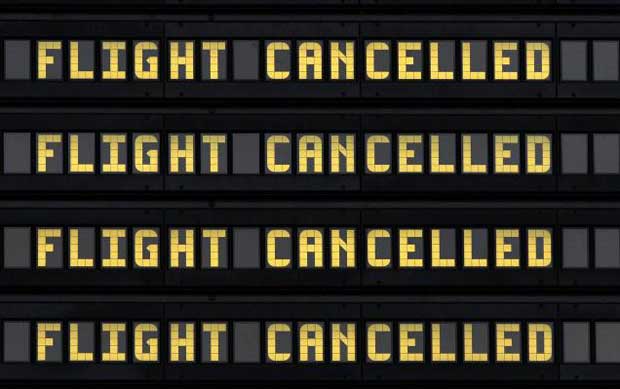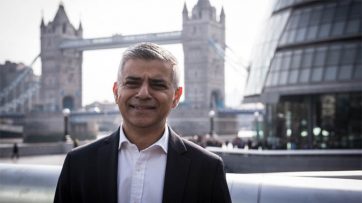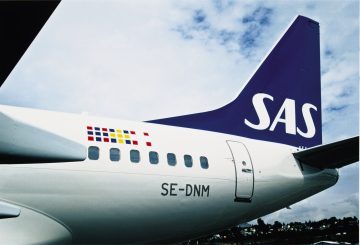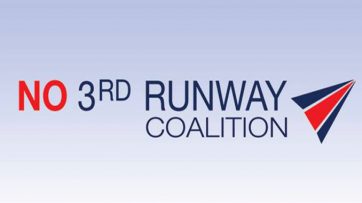Nearly half the flights between Heathrow and the rest of the UK are set for the scrapheap if a third runway is given the green light according to data published by the Airports Commission.
The Mayor of London wrote to the leaders of cities and regions around Great Britain to warn them of the situation. He also alerted the Government that it will need to be in a position to explain which of the UK cities currently served by Heathrow would be expected to retain a link to the airport were a third runway to be approved.
Over the last twenty-five years connections between Heathrow and other UK destinations have dwindled from 18 to just seven. And it is widely agreed that one of the main aims of increasing aviation capacity in the UK should be to provide regional airports with improved access to the country’s hub airport and its links to long haul destinations.
But buried deep within the final report published by the Airports Commission earlier this month is the astonishing forecast that a three-runway Heathrow would see regional links decline further and the airport would only offer routes to four UK destinations.
The Mayor of London, Boris Johnson, said:
“The final decision on where to provide new aviation capacity needs to be in the interest of the entire country and this astonishing admission makes clear that a third runway at Heathrow would fail that test on every count. The hoax that it would be of benefit to our regions has been thoroughly exposed, and it is now clear that even the existing UK links to and from Heathrow are under threat. The only long term solution to Britain’s aviation needs is a hub airport with the potential for multiple runways and the spare capacity to allow domestic routes to flourish. It is what our global rivals are doing, it is the right thing to do, and it is what must happen here.”
Domestic links to Heathrow have been squeezed out over several decades in favour of more lucrative long haul services and the Airports Commission’s forecast is that a three-runway Heathrow will fail to stem that decline. The only glimmer of hope they offer other regions around the UK is that domestic connections might be saved from the axe through the use of taxpayer-funded Public Service Obligations.
But today the Mayor’s team highlighted serious questions around the practicality of doing so.
In the Mayor’s letter he also said that, when the Government issues its final judgement on a third runway at Heathrow, it must be in a position to be able to answer questions such as:
- Which of the UK airports currently served by Heathrow would be expected to retain one of the four routes forecast by the Airports Commission to be available?
- What Public Service Obligations arrangements would it attempt to put in place, for how long and at what cost to protect existing routes under threat of closure?
- What Public Service Obligations arrangements would it attempt to put in place, for how long and at what cost to ensure that UK domestic connectivity to Heathrow and beyond can flourish by enabling additional UK cities to be served?
The Mayor of London’s chief adviser on aviation, Daniel Moylan, said:
“Any attempt to impose a state sponsored domestic route network would clearly face the risk of legal challenges. And would the taxpayer be willing to pay for it? Public Service Obligations are designed for “peripheral and development regions” so there will be questions of illegal State Aid if the Government follows the Airports Commission’s guidance on this. It would involve taking a huge and unpopular gamble with taxpayers’ money.”







